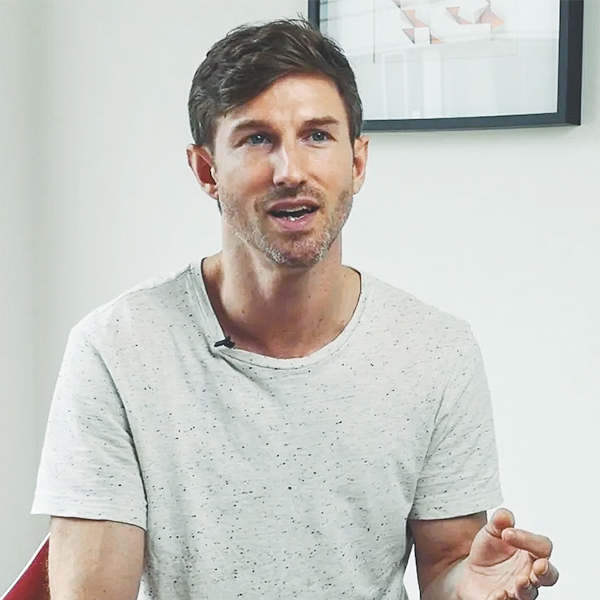In response to drastic market changes and fierce competition, domestic and foreign enterprises are constantly seeking new growth opportunities, strengthening their core competitiveness, and upgrading their brands. Mergers and acquisitions (M&A) are a common corporate growth strategy. Amid corporate expansion or business transformation especially, M&A strategies can be employed to increase businesses’ competitiveness and synergy. However, the intended purpose of M&A cannot be achieved by simply buying and selling companies. On the contrary, M&A is a complex undertaking, combining not only finances, organizational structure, and operations, but also the integration and management of less tangible corporate assets.
The Key to a Successful Merger
To reduce the possibility of failure when embarking on M&A, “due diligence” is conducted to evaluate and investigate the business’s operations, finances, human resources, and management, and to discover any potential problems within the company before the contract is signed. Even so, Harvard Business School professor Clayton M. Christensen says in his book The New M&A Playbook, that global companies generally spend more than USD $2 trillion a year on M&A activity, but nearly 70% to 90% of such deals ultimately fail to achieve the desired results, or ended in total failure.
Many successful M&As, both domestic and overseas, are often secured through better management oversight, strategic guidance, organizational discipline, and clearly defined process. But the reality is not as simple as many companies expect. Even many of the world's biggest companies, such as Time Warner and Daimler-Benz, have failed in their M&A deals.
By considering both failed and successful M&A examples, we can see that aside from the equity transaction, business integration, and other operational and management considerations, it is the people that are also a crucial factor. In order to effectively integrate two companies with different corporate cultures, different business models, and guiding beliefs, the keys are holistic approach, human integration, and creating consensus.
Manage With Brand Thinking Following M&A
Each business is an independent brand, with its own core values, as well as different visions and corporate cultures. These factors shape a business's working style and operations, driving its employees to work toward a common goal. When undergoing M&A, the integration of two different companies will affect the adjustment of their business strategy, as well as their business philosophy and working style. Management needs to provide focus and clarity for the business strategy, outline new common goals, and set the culture and core values after the merger. Effective communications can resolve potential differences. Ultimately, management needs to create a new common driving force, to reduce the risk of failure and establish a win-win situation.
ECOVE is a great example of a successful merger. It was once an investment holding company simply serving the resource recycling economy. Through investment and M&A, it became a comprehensive environmental service brand. ECOVE brought in DDG to help the business consider each of its subsidiaries, which all operated in different fields and with different values, and discovered a common vision and brand DNA to unite the expanding organization under the same brand framework. Its strong corporate brand empowered ECOVE to enter the international market and drive further development in global environmental protection.
By considering examples of post-merger brand management, we can see that businesses cannot only consider the practicalities in order to raise the probability of M&A success. Businesses also need to drop “traditional management thinking" and review the companies’ vision and common goals. Through a series of brand integration initiatives, team members will deepen their sense of commonalities and shared value, narrowing the gap between the two sides and finally achieving the intended results of the M&A.
Translated & Edited by: Fiona Lu, Camilla Tenn
Start a conversation with the DDG team: [email protected]



